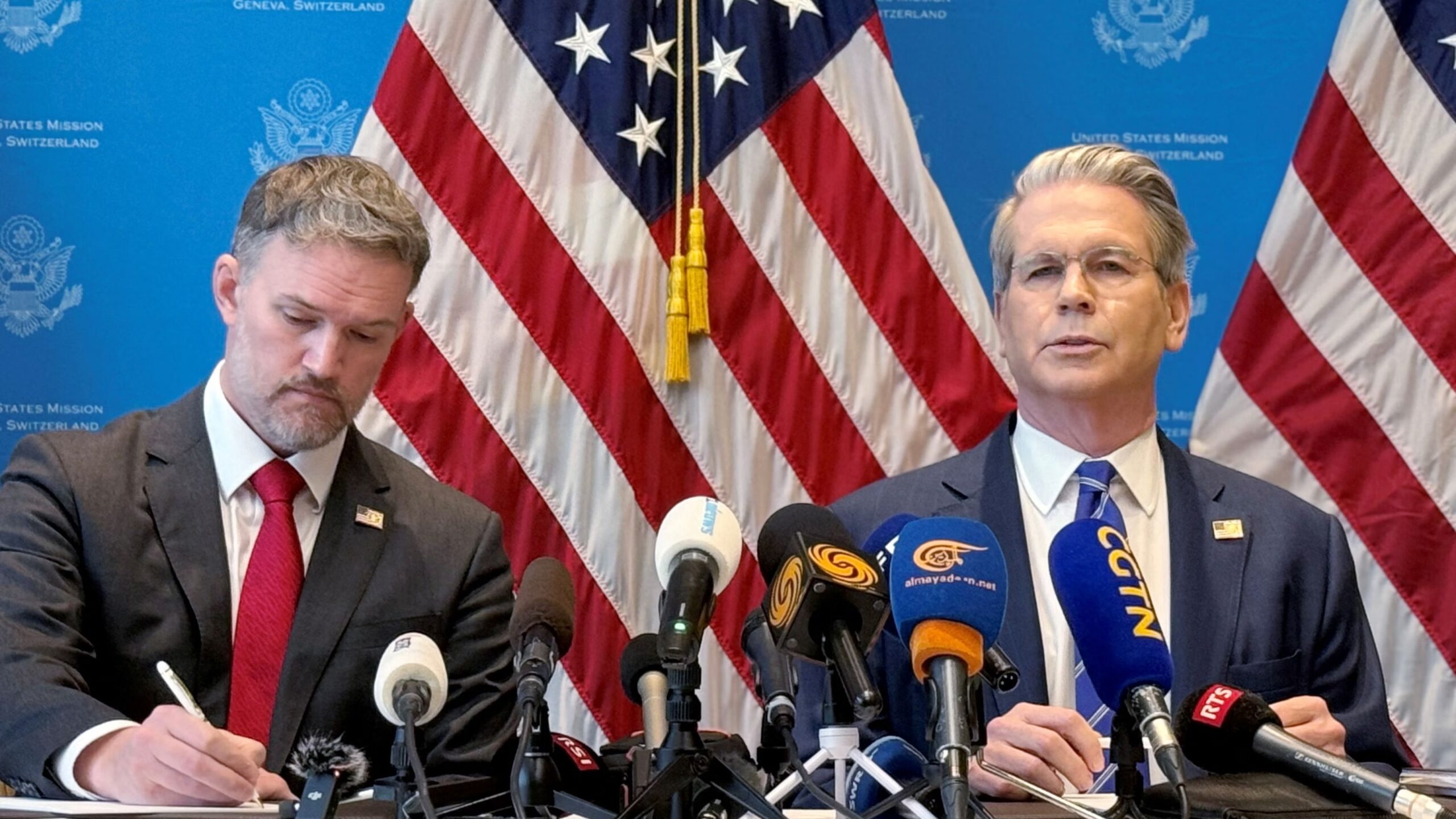
Top officials from the U.S. and China concluded two days of talks described by both sides as “constructive,” focusing on whether to extend their 90-day tariff truce.
China’s trade negotiator Li Chenggang confirmed that both Beijing and Washington agreed to strive to preserve the truce, under which some tariffs and trade measures were temporarily suspended.
However, U.S. Treasury Secretary Scott Bessent stressed that any extension ultimately depends on President Donald Trump.
Background and Context of the Truce
The negotiations took place in Stockholm, Sweden, as the current truce, established in May, nears expiration next month. Without extension, tensions could escalate, reigniting the tariff battles that peaked in April when the two countries imposed significant tariff hikes on each other.
Trump, speaking from Air Force One on his way back from Scotland, said he was briefed on the talks by Bessent and described the meeting as “very good.”
Since Trump’s return to the White House, he has implemented increased tariffs on Chinese imports, prompting retaliatory tariffs from China. The truce saw Chinese goods face an additional 30% tariff in the U.S., while American goods incurred a new 10% tariff in China.
Without an extension by the August 12 deadline, tariffs could “boomerang” back to previous levels, U.S. officials warned. Still, Bessent downplayed the risk of immediate escalation, saying, “the meetings were very constructive,” but final sign-off from Trump is pending.
Beyond tariffs, tensions remain high over issues like U.S. demands for China to sell TikTok’s parent company ByteDance, accelerate exports of critical minerals, and its relations with Russia and Iran.
Economic and Strategic Considerations
This round marks the third meeting since April between the two nations. Discussions included economic conditions, the implementation of previous agreements between Trump and Xi Jinping, and rare earth minerals critical to emerging technologies like electric vehicles.
Bessent expressed optimism about the U.S. position, highlighting recent agreements with Japan and the European Union that have bolstered U.S. leverage.
President Trump has long criticized the trade deficit with China, which stood at $295 billion last year. U.S. Trade Representative Jamieson Greer noted that the U.S. is on track to reduce this gap by $50 billion in 2025.
Yet, Bessent clarified that the U.S. is not seeking full economic decoupling from China, but rather “de-risking” in strategic sectors such as rare earths, semiconductors, and medicines.
Author’s Opinion
The ongoing trade negotiations highlight the fine line between protecting national interests and maintaining global economic stability. While the U.S. rightly aims to safeguard strategic industries, the risk of tariff escalation threatens both economies and global markets. A pragmatic approach—one that preserves cooperation while addressing security concerns—will be essential to avoid spiraling tensions and economic damage.
Featured image credit: Heute
For more stories like it, click the +Follow button at the top of this page to follow us.
